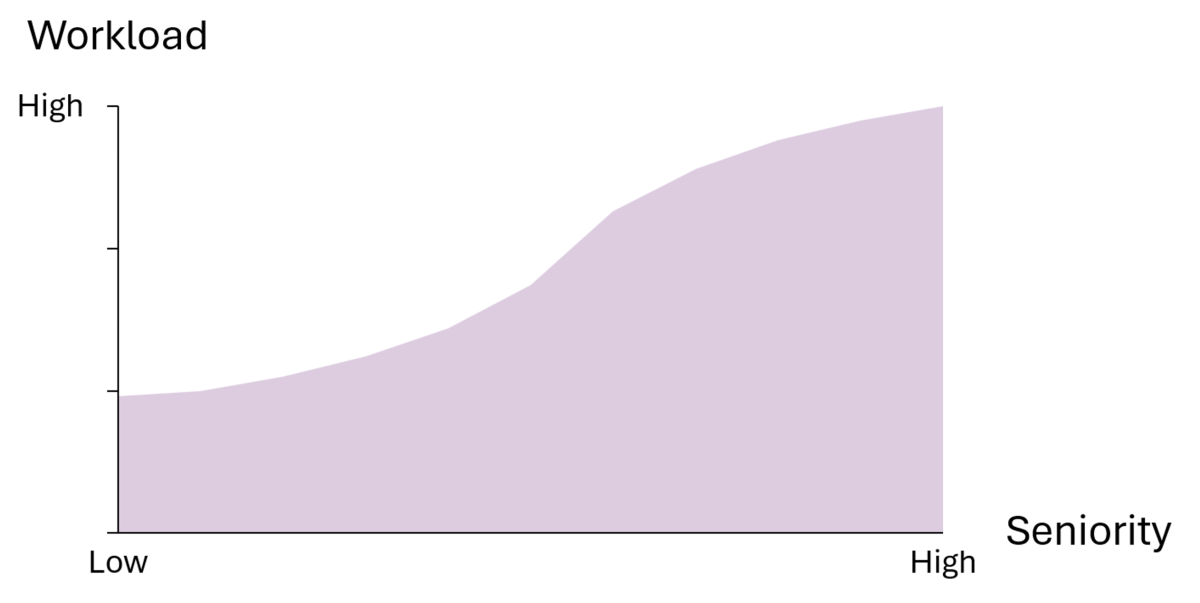Businesses need to adopt and integrate the right technologies while also ensuring senior finance leaders are...

Why is it rarely the case that Financial Planning & Analysis (FP&A) can operate without being overloaded? It is a question that has been on my mind for some time. The issue is multifaceted, and here are some key angles to consider. As part of this article, I offer several recommendations on how to deal with the challenge.
The Profile Challenge
FP&A professionals are often highly ambitious, which creates a unique challenge. Top performers are quickly promoted or move to other companies, leaving a team with a mix of few experienced high performers and many new joiners or average-performing members. This imbalance means that the more complex and demanding responsibilities fall on a smaller portion of the team, making it difficult to distribute the workload evenly.
I have frequently observed that during hectic periods, there is often insufficient time to explain tasks or meticulously validate the results thoroughly. Under such circumstances, multiple iterations are not an option, and deliverables must meet expectations on the first attempt. This pressure often compels FP&A managers to delegate the most urgent and critical tasks to a select group of top-performing individuals.

Figure 1: FP&A team member workload is significantly growing with seniority
Resulting in a vicious circle where best profiles are constantly overloaded and, with that, motivated to take the next step, not staying long enough in the team to establish stability.
The "Eating Your Own Medicine" Dilemma
As FP&A professionals, we constantly push the organisation to become more efficient and effective. To lead by example, we must also become more efficient and effective. This often reduces the number of full-time employees (FTEs) in FP&A teams, even as the demand for FP&A services continues to grow. Automation and digitalisation are key levers to address this issue, but prioritisation is crucial to determine what FP&A should focus on.
I have been through several reorganisations and rightsizing. Each time, I first focused on determining activities that are not critical to the business operations and can be eliminated or reduced in scope. Being a support function, it is not easy to convince our business partners to give up information or support they used to receive. With that, even the rightsizing of our FP&A scope is a project that requires us to go the extra mile in change management of the organisation.
The Zero Tolerance to Error Problem
When it comes to providing reports and financials, there is zero error tolerance, and the demand for quality is paramount. Achieving the highest quality standards requires a disproportionate investment of time and effort, with the 80/20 principle constantly working against us.
For critical deliverables, we implement the four- or six-eye principle, ensuring equal emphasis is placed on report creation and validation. This is highly time- and effort-consuming and often overlooked and taken for granted.
What Is the Way Out of the FP&A Squeeze?
Solutions lie in discipline, agility, regular task rotation, reprioritisation and the highest levels of process standardisation. Discipline ensures that tasks are completed precisely and consistently, while agility allows the team to adapt quickly to changing demands and priorities. Regular task rotation helps distribute the workload more evenly and prevents burnout by enabling team members to develop new skills and perspectives.
Various studies, including the 2024 FP&A Trends Survey, emphasise that FP&A teams continue to spend excessive time on non-value-adding activities. Prioritising continuous improvement in this area will alleviate pressure on FP&A teams and enhance their value contribution and organisational recognition. Moreover, reducing non-value-adding activities is a mutually beneficial strategy, as it supports team member retention while driving greater efficiency and effectiveness.
Reprioritisation is crucial in determining which tasks are most important and should be focused on first. This helps to ensure that the team's efforts are aligned with the organisation's strategic goals and that resources are used efficiently. The highest levels of process standardisation ensure that tasks are completed in a consistent and efficient manner, reducing the likelihood of errors and improving overall quality.
Additionally, mastering Artificial Intelligence and other automation technologies as soon as possible is crucial. These technologies can help streamline processes, reduce the burden of repetitive tasks, and provide valuable insights to inform decision-making. By leveraging AI and automation, FP&A teams can become more efficient and effective, freeing time to focus on more strategic activities.
Do you think getting out of the squeeze will ever be possible? Let me know in the comments below.
Subscribe to
FP&A Trends Digest

We will regularly update you on the latest trends and developments in FP&A. Take the opportunity to have articles written by finance thought leaders delivered directly to your inbox; watch compelling webinars; connect with like-minded professionals; and become a part of our global community.




